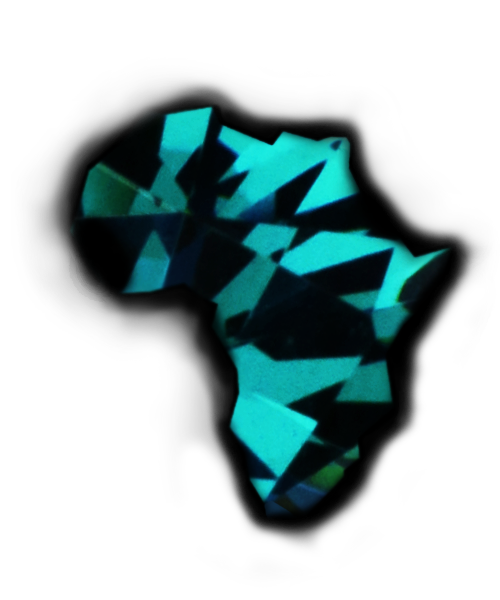Aquamarine (a name meaning sea water) is a blue to bluish-green variety of beryl. Other stones in the beryl family are emerald, morganite and heliodor. The color is caused by trace amounts of iron in the crystal structure. It has very good hardness and durability, rating a 7.5 on the Mohs scale.
Aquamarine tends to be found primarily in pastel colors, though it does sometimes occur in deeper shades. Because aquamarine is not an intensely colored stone, smaller gems are nearly always lighter colors.
The finest aquamarine is deep blue and is known as Santa Maria. Santa Maria aquamarine was originally found in Brazil, though more recently the same color has been found in Mozambique in East Africa. The Mozambique gems are called Santa Maria Africana (or Santa Maria Afrique) aquamarines to distinguish them from the Brazilian equivalents. These beautiful top color aquamarines are extremely rare and difficult to obtain and thus command the highest prices.
The major African sources for aquamarine are Mozambique, Zambia and Nigeria. Smaller amounts are mined in Madagascar, Namibia and Tanzania.
Greenish or yellow tinted aquamarine is routinely heat treated at low temperatures to make it pure blue, though the untreated green and teal stones are quickly gaining popularity. Because this treatment is undetectable and permanent, it has no effect on the value.
Aquamarine is the traditional birthstone for March.
Aquamarine Information:
Mineral Group: Beryl
Crystal Structure: Hexagonal
Hardness: 7-7.5
Luster: Vitreous
Specific Gravity: 2.76
Transparency: Transparent
Refractive Index: 1.564–1.595
Double Refraction: 0.0040–0.0070
Pleochroism: Weak to distinct
Treatments: Frequently heat treated
Birthstone: March
Color: Green to blue
No products were found matching your selection.

 $
$
 R
R